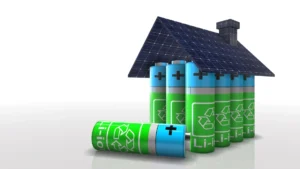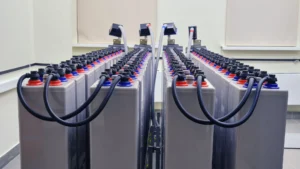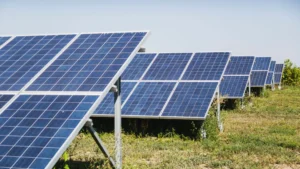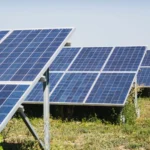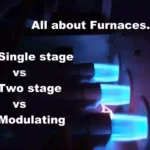Now operating in Ontario, Canada
What is Active Solar Systems?
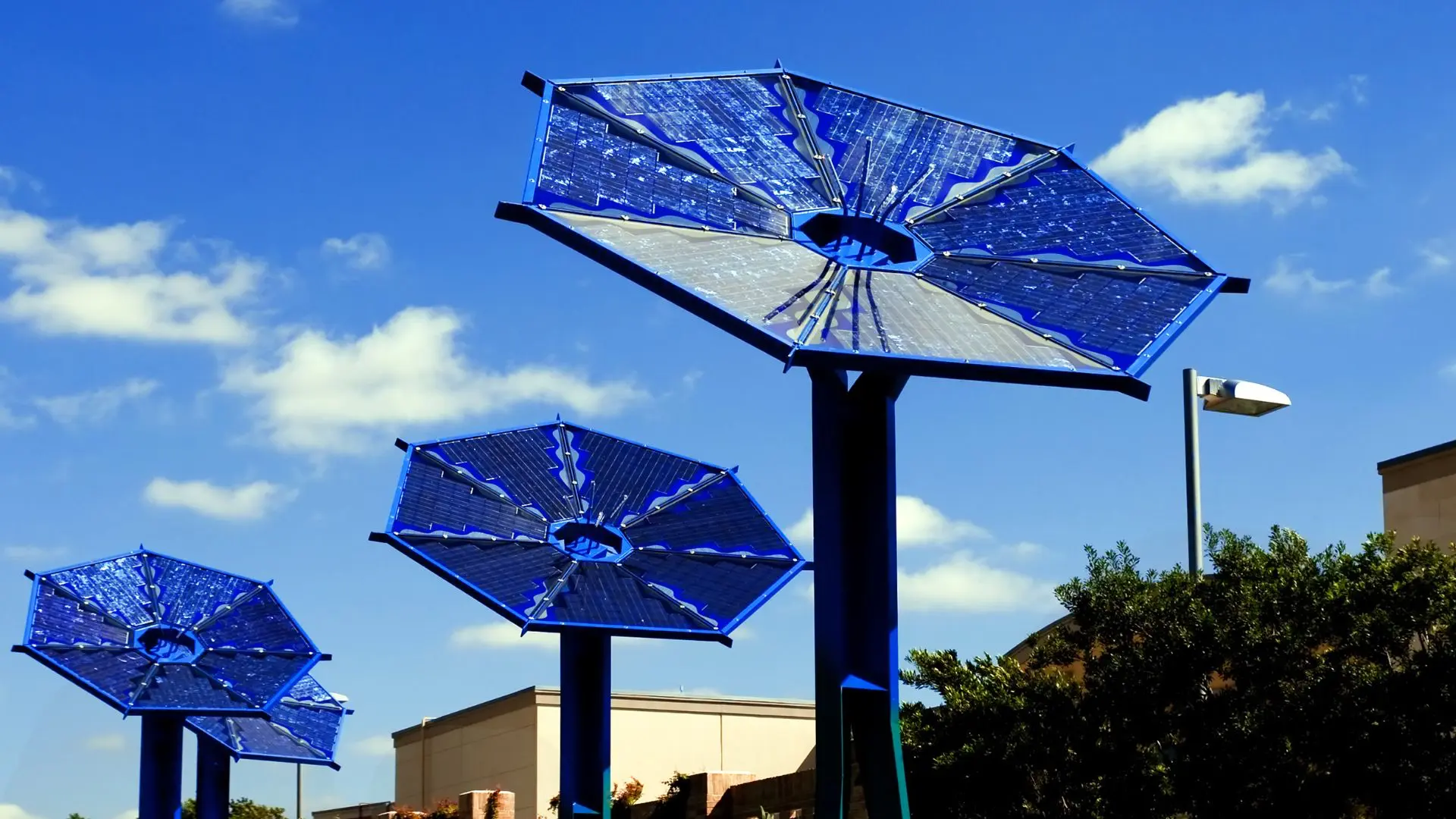
Active solar systems, such as photovoltaic (PV) systems, convert sunlight into electricity. Another common active solar system is a solar thermal collector, solar thermal relies on energy transfer between fluids liquid or air to provide heat, not electricity.
Photovoltaic (PV) Systems:
One of the most prevalent forms of active solar systems is the photovoltaic (PV) system. PV systems utilize solar panels comprised of interconnected solar cells to directly convert sunlight into electricity through the photovoltaic effect. Sunlight hitting a solar panel’s surface is absorbed by semiconductor materials in the solar cells, generating an electric current. The generated electricity can power homes, businesses, and appliances, offering a clean and renewable energy source.
PV systems consist of several key components, including solar panels, inverters, mounting structures, and electrical wiring. Solar panels, typically installed on rooftops or ground-mounted arrays, capture sunlight and convert it into DC (direct current) electricity. Inverters then convert the DC electricity into AC (alternating current), which is compatible with the electrical grid or can be used directly by electrical devices. Mounting structures securely hold the solar panels in place, while electrical wiring connects the panels to the inverter and electrical system of the building.
The versatility and scalability of PV systems make them suitable for a wide range of applications, from residential rooftop installations to large-scale solar farms. With advancements in technology and reductions in costs, PV systems have become increasingly accessible and cost-effective, driving widespread adoption and contributing to the transition towards a clean energy future.
Solar Thermal Collectors:
Another common type of active solar system is the solar thermal collector, which harnesses solar energy to provide heat for various purposes. Unlike PV systems, which generate electricity directly from sunlight, solar thermal collectors utilize energy transfer between fluids (liquid or air) and sunlight to generate heat. Utilizing this heat for space, water heating, or industrial processes presents an energy-efficient and environmentally friendly alternative to conventional heating methods.
Solar thermal collectors typically consist of a series of tubes or panels containing a heat-absorbing material, such as blackened metal or a heat-absorbing fluid. When sunlight strikes the surface of the collector, the heat-absorbing material absorbs the solar energy and transfers it to the fluid circulating within the collector. Circulating the heated fluid to a storage tank or heat exchanger allows its utilization for heating applications or storage for later use.
Solar thermal collectors come in various designs, including flat-plate collectors, evacuated tube collectors, and concentrating collectors. Each type provides unique advantages, suiting various applications based on factors like efficiency, cost, and environmental conditions.


